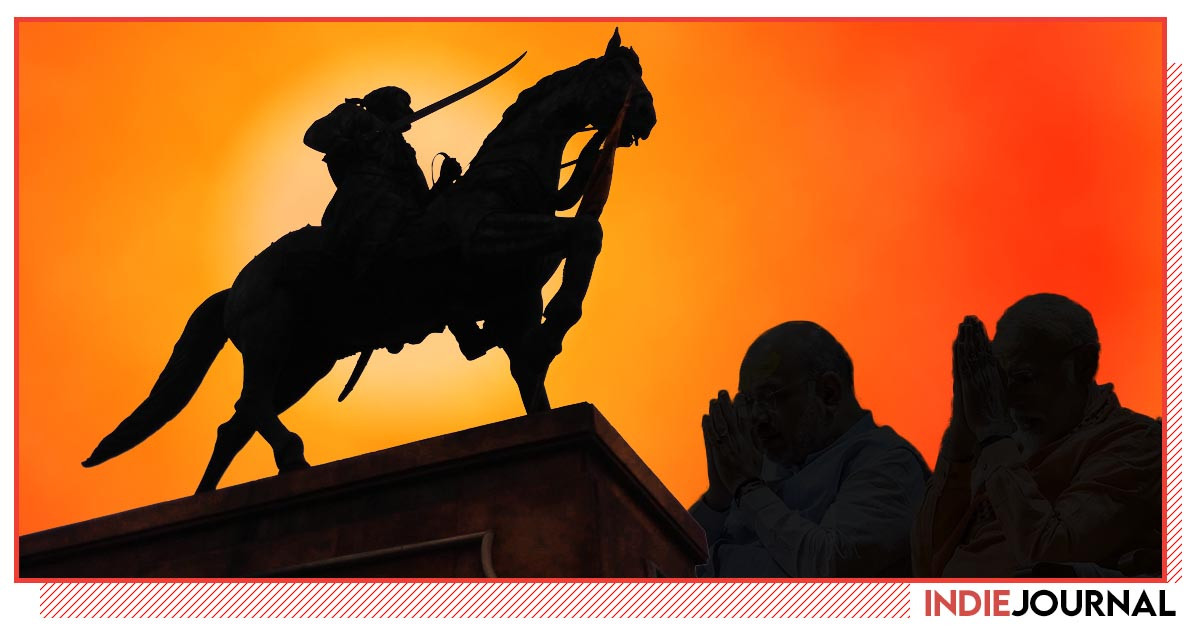Quick Reads
The origins of Women’s Day, beyond tokenism and coupons
International Women’s Day, as it is called by the United Nations, started as International Working Women’s Day.

As we celebrate Women’s Day today, something, which constituted a large part of what the women’s movements across the globe tussled hard for, seems to be missing from our celebrations. That component is the empowering and revolutionary content of the International Working Women’s movement, which walked hand in hand with the International Labour movement.
International Women’s Day, as it is called by the United Nations, started as International Working Women’s Day.
One might think, what difference does one word in a title of a programme make as long as the ‘Woman’ part in it stays intact. To that, the retort would be that it makes a world of difference, because of the fact that women have been historically not allowed ownership of property, resulting in them holding little to no influence in social structures.
One of the most important factors that decides the position and location of a person in a social arrangement is their access to value, or capital as we call it. Capital can be inherited, borrowed or earned through labour. Women, as a class, were to be at the mercy of the earning man, as they were dependent on resources. This meant that their voice was rendered irrelevant in matters pertaining to society and politics.
After the Industrial Revolution and the rise of machine-based production, women started to leave their homes and become a noticeable part of the workplace. This meant they became a part of public spaces and started getting access to capital, ownership and property. This meant that gradually, demand for increasing the political rights of women started to take root.
One of the primary units of political organisation in those times was forming a workers union. The woman, who had become a worker, started to unionise under the labour unions. There was an air of internationalism flowing all over the industrial world, capital, labour and resources were flowing freely from nation to nation. As the working class started to become more organised, an international exchange of thoughts on labour and women’s rights began.
Unlike today, when even mentioning socialism would get a person to stare at you, the United States of America (USA) had a burgeoning labour movement. Some of the most significant strikes and protests regarding labour happened in the US. The concept of Woman’s Day too, began in the US, where on February 28, 1909, a National Women’s Day was organised. In 1910, the concept was recognised by the Second Socialist International Conference and in 1914 the day of the International Working Women’s Day was decided to be March 8 each year.
Remember: IWD was founded in 1911 as International Working Women’s Day – a socialist, anti-racist celebration in honour of migrant women’s unionised struggles to escape terrible working conditions in garment factories.
— Level Up (@we_level_up) March 8, 2022
100 years on, it's morphed into something very different.🧵 pic.twitter.com/x8P9EaJY5q
Since then, the women’s movement has come into its own after demanding equal pay for equal work, women’s maternity rights, women’s safety, gender equality in society and the workplace, women’s health, sexual rights, democratic and civil rights. All this was achieved by the long and hard struggle of women, of various ethnicities and classes, who suffered violence even for demanding to be treated on the same level as any other human.
The demise of the Soviet Union came alongside the collapse of the organised workplace and further of organised political identities. Social groups were thrown into sub-groups based on the most immediate identity and pushing a singular systemic narrative impossible to establish. This meant that the larger perspectives of internationalism and working class consciousness were lost and what remained was the consciousness of the most immediate issue.
As is the nature of capital, it turns everything, including the demand for equality and justice as a discriminated gender, into a commodity. Opening a newspaper, a website, a magazine or any other medium on Woman’s Day, one can find an assortment of advertisements asking women to choose their product so that they feel empowered. Forget that the women who work in the factories of these products, still face a significant wage gap compared to their male counterparts. Just consume our product!
The women’s movements no more appeal to the larger unity of women. It is outraged when incidents happen and hashtags start trending. Women, identify with #MeToo and #NoMore but fail to identify with the housemaid and her problems in their own house. The incidents of caste violence on women garners little response from a larger women’s unity, each identity group limiting itself to outrage for someone of its ‘own’.
What began as a struggle against the exploitation of women as labourers, citizens and part of the international human consciousness, is being limited to an occasion to prompt them to consume more and more, at the cost of their identity, rights and self-image. In a world where equality is a play to the gallery and disparity is increasingly steep, a women’s movement that encompasses ethnic, class and caste groups along with other gender identities, is the need of the hour.
First published on The Bridge Chronicle (formerly Sakal Times).





